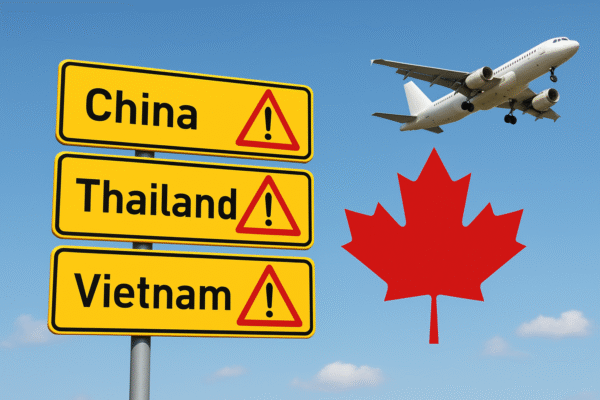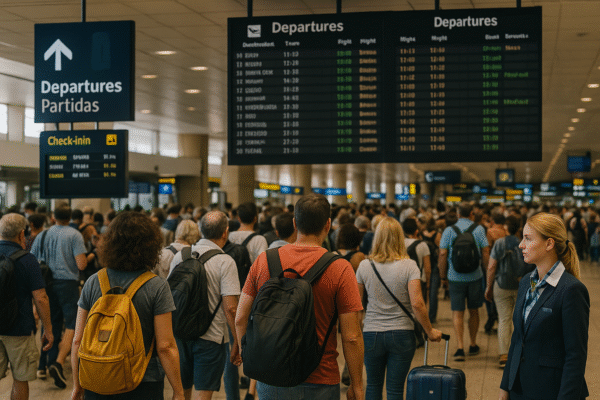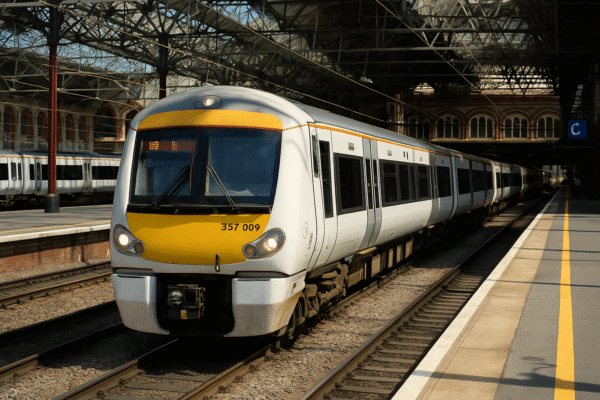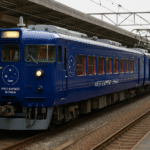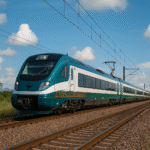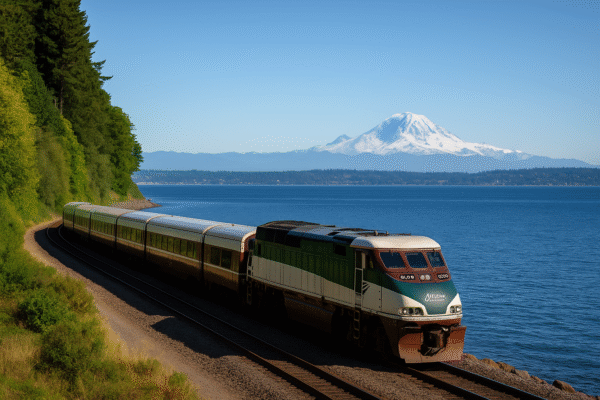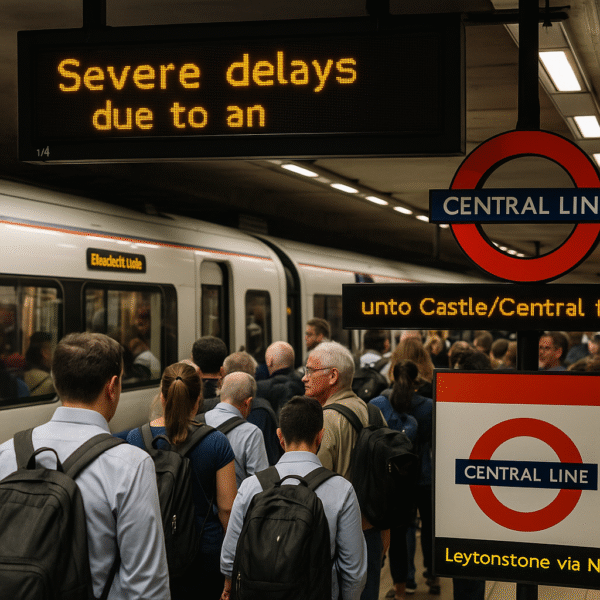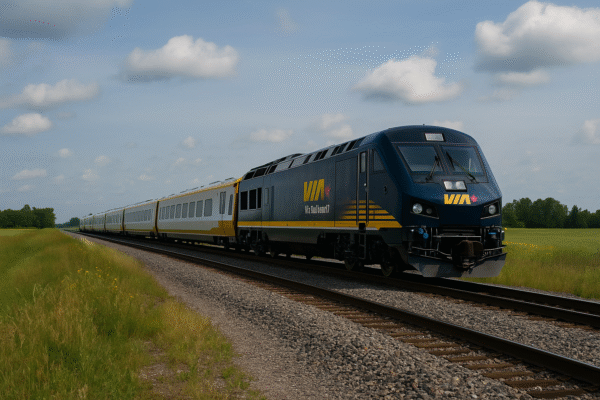UK Rail Services Shift to Public Ownership: What London Travellers Can Expect from the Great British Railways Transition
In a landmark move to modernise and unify the United Kingdom’s rail system, the UK government has taken over the c2c rail franchise, placing it under public ownership as of this week. The transition, which affects services between Fenchurch Street in central London and Shoeburyness in Essex, forms part of the wider shift toward Great British Railways (GBR) — a new public sector model designed to bring cohesion, consistency, and cost-efficiency to the UK’s fragmented railway services.
The c2c network is now the second major franchise to be nationalised under the Public Ownership of the Railways Act, following the South Western Railway transition in May 2025. Additional lines, such as Greater Anglia, are slated to join the new model later this year.
With nearly 40% of UK passenger rail services now operated under public management — including Northern, LNER, Southeastern, and now c2c — the country is witnessing the most significant overhaul of its rail governance in decades.
A More Seamless Experience for London Commuters and Visitors
For Londoners, tourists, and regional travellers alike, the transition to public control offers several immediate and long-term benefits:
1. More Flexible Ticketing
Passengers will enjoy greater ticketing flexibility, especially during service disruptions. Following the example of Northern and TransPennine Express, which began honouring each other’s tickets in mid-2024, c2c is expected to join an interoperable system, making travel smoother and more passenger-friendly across multiple operators.
According to the Department for Transport (DfT), over 15,000 shared ticket bookings were recorded within months of this system launch, showcasing the demand for integrated travel.
2. Improved Coastal Connections
The DfT reports that capacity enhancements are already being prioritised on high-demand routes like those to Margate and Whitstable, two popular seaside destinations in Kent. These enhancements will support domestic tourism by ensuring more frequent and reliable services during peak holiday seasons.
3. Public Investment in Infrastructure
By cutting out profit-driven private operators, the government projects annual savings of up to £150 million ($194 million). These funds will be reinvested in the system to improve station facilities, fleet upgrades, and new service lines, particularly benefiting travel to and from London.
The Birth of Great British Railways
The transition aligns with the creation of Great British Railways, a long-awaited initiative legislated through the Railways Bill, due to come into full effect by late 2025. GBR is set to combine infrastructure (currently managed by Network Rail) and train operations under one public entity. The goal? A customer-first railway that provides reliability, punctuality, and a consistent travel experience nationwide.
Transport Secretary Heidi Alexander emphasised the broader vision:
“This is more than economics. It’s about creating a truly connected Britain, where passengers don’t have to navigate a maze of operators but can rely on a single, seamless rail experience.”
Tough Standards for Public Operators
Under the GBR framework, operators like c2c will be held to strict performance standards. These include benchmarks for on-time performance, reduced cancellations, and cleanliness and service quality. This commitment is designed to rebuild public trust in rail as the preferred mode of transportation for both daily commuting and leisure travel.
For the tourism sector, this creates new potential for rail-based destination marketing, with smoother connectivity to regions such as Devon, Cornwall, the Lake District, and East Anglia, supporting growth in eco-tourism and sustainable domestic travel.
Greater Accessibility and Connectivity for Tourists
London serves as a gateway for millions of international tourists each year, many of whom rely on rail travel to explore the rest of the UK. The move to public control is expected to:
- Streamline travel planning by offering integrated journey options on a unified digital platform
- Improve accessibility for non-English speakers with standardised signage and multilingual support
- Ensure consistent pricing policies that avoid the confusion caused by private fare discrepancies
According to VisitBritain, international visitors spent over £30 billion in the UK in 2024, and smoother transport will be crucial in encouraging longer stays and higher regional spending.
Looking Ahead: A Unified, Passenger-Focused Rail Future
The government’s rail reform strategy, outlined in the Plan for Rail white paper, promises to put passengers first. With c2c now under public ownership and more franchises set to follow, the vision of an integrated, national rail brand is no longer just aspirational — it’s in motion.
Travellers to and from London can expect not just enhanced service reliability, but a shift in the rail culture — one that values public benefit over profit margins. The future of British rail aims to rival leading European networks, offering cleaner, greener, and more efficient travel options for both local commuters and international tourists.
Conclusion
With the public takeover of c2c and other franchises, London is at the forefront of a national rail revolution. The creation of Great British Railways marks a turning point for the UK’s travel infrastructure, delivering more coordinated, customer-friendly services that will not only benefit residents and businesses but also play a significant role in boosting UK domestic and inbound tourism.
As the UK heads toward a more integrated, taxpayer-efficient railway system, visitors can look forward to stress-free, scenic, and sustainable travel experiences connecting London with the nation’s cultural and natural treasures.
For more travel news like this, keep reading Global Travel Wire





